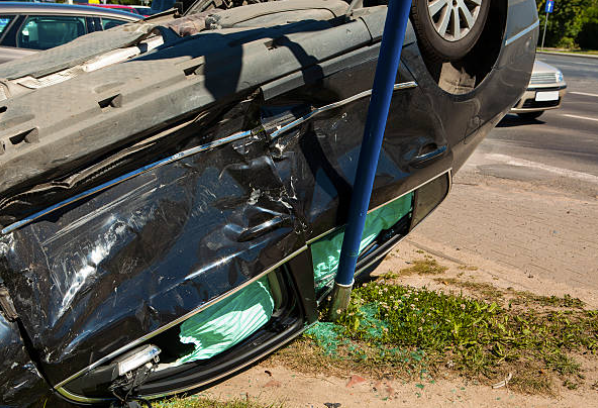Car accidents can be both physically and emotionally distressing events, often leaving individuals bewildered and uncertain about the next steps to take. Amid the chaos, understanding the legal aspects and knowing what actions to initiate can greatly alleviate stress and ensure that your rights are protected. In this article, we’ll guide you through the essential steps to take after a rachel stone car accident to navigate the legal landscape effectively.
1. Prioritize Safety:
The safety of all individuals involved is paramount. Check yourself and others for injuries, and if necessary, call for medical assistance immediately. If the accident is minor and vehicles are obstructing traffic, move them to a safe location if possible.
2. Contact Law Enforcement:
In most cases, it’s crucial to report the accident to the police. They will document the scene, gather information from all parties involved, and create an official accident report. This report can be a valuable piece of evidence when dealing with insurance claims and legal matters.
3. Exchange Information:
Exchange essential information with the other driver(s) involved, including names, contact information, driver’s license numbers, license plate numbers, and insurance details. If there are witnesses, collect their contact information as well.
4. Document the Scene:
Use your smartphone or a camera to take pictures of the accident scene, vehicle damage, skid marks, road conditions, and any relevant signage. This visual evidence can provide a clear picture of what transpired and may be useful during legal proceedings.
5. Limit Conversation:
While it’s important to be cooperative and courteous, avoid admitting fault or discussing the accident in detail with other parties. Stick to the facts when talking to law enforcement, insurance companies, and legal professionals.
6. Seek Medical Attention:
Even if you don’t feel seriously injured, it’s wise to seek medical attention promptly. Some injuries might not manifest symptoms immediately. A medical record linking your injuries to the accident can be valuable for both insurance claims and potential legal actions.
7. Notify Your Insurance Company:
Notify your insurance company about the accident as soon as possible, providing them with accurate information. Avoid speculating or guessing about the details of the accident, and stick to the facts.
8. Consult Legal Counsel:
If you believe you might have a legal claim, it’s advisable to consult an attorney experienced in personal injury or car accident cases. They can guide you on how to proceed, help you understand your rights, and provide legal representation if necessary.
9. Preserve Evidence:
Keep all documents related to the accident, including medical records, repair estimates, correspondence with insurance companies, and any police reports. These documents can support your case should legal action be required.
10. Be Cautious on Social Media:
Avoid discussing the accident on social media platforms. Anything you say or share can potentially be used against you during legal proceedings.
11. Understand Statutes of Limitations:
Different jurisdictions have varying statutes of limitations, which are time limits within which legal actions must be initiated. It’s important to be aware of these deadlines to ensure your rights are protected.
Navigating the legal aftermath of a car accident can be complex, but taking these steps can significantly help you preserve evidence, protect your rights, and make informed decisions. Remember, seeking legal advice from a professional can provide you with personalized guidance based on your unique situation.





